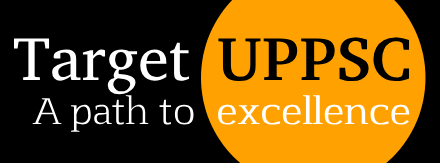2023 GS P2 PYQ Solution, PYQs Solution
Q.6. Write an analytical note on Self Help Group’s composition and their functions.
Self Help Groups (SHGs) are a significant part of India’s strategy to promote inclusive growth and socio-economic development, particularly among marginalized communities. Here’s an analytical note on their composition and functions:
Composition of SHGs: SHGs typically consist of 10 to 25 members, who are often local women aged between 18 and 40. These groups are formed voluntarily by people from similar socio-economic backgrounds and are self-governed and peer-controlled. The members come together to address common issues and work collectively towards achieving better living conditions. The composition is such that it encourages mutual support and collective action, which is crucial for the empowerment of the members, especially in rural and semi-urban areas.
Functions of SHGs: The functions of SHGs are multifaceted and can be broadly categorized into financial and social aspects:
- Financial Intermediation: One of the primary functions of SHGs is to mobilize savings among their members. The savings are then used to provide loans to members, which helps them meet their financial needs and undertake small income-generating activities. This promotes financial inclusion and access to credit for those who are typically excluded from the formal banking sector.
- Social Empowerment: SHGs play a crucial role in empowering their members socially. By coming together, members often gain confidence and become more aware of their rights. They also engage in collective bargaining, which can lead to improved social status and decision-making power within their families and communities.
- Skill Development and Employment: Many SHGs are involved in skill development activities that enable members to enhance their employability or start their own micro-enterprises. This leads to increased income levels and self-reliance among the members.
- Social Issues: SHGs often take up social issues such as health, education, and sanitation. They conduct awareness campaigns and work towards improving the overall quality of life in their communities.
- Linkages with Government Programs: SHGs often act as conduits for various government schemes and programs. They facilitate the implementation of poverty alleviation and social welfare programs at the grassroots level.
In conclusion, the composition of SHGs is designed to foster a sense of solidarity among members, while their functions extend beyond financial intermediation to include social empowerment, skill development, and community welfare. The success of SHGs lies in their ability to bring about sustainable development by harnessing the collective strength of their members.

